If you had to trace the modern beginnings of the entertainment production economy in Savannah, Ga., the best place to start would be two films—Forrest Gump, which came out in 1993, and Midnight in the Garden of Good and Evil, released in 1997. Both movies were shot in Savannah, the small, beautiful southern city of about 160,000 people. Though both are based on books, their origin stories are very different. The novel Forrest Gump, written by Winston Groom, had sold a modest 30,000 copies before being adapted into a movie directed by Robert Zemeckis. Midnight, as it’s known in Savannah, was published in 1994 and spent an astonishing 216 weeks on the New York Times bestseller list. But while Forrest Gump, with powerful performances by Tom Hanks, Robin Wright and Gary Sinise, brought in about $678 million at the box office, Clint Eastwood’s Midnight—in which drag queen Lady Chablis outshined costars John Cusack and Kevin Spacey—made about $25 million.
Both movies, however, lovingly showcased the distinctive wonders of the city in which they were filmed. Think of that famous opening scene in Forrest Gump in which a feather drifts from the sky, slowly back-and-forthing its way before landing between the well-worn Nikes of Forrest Gump, who’s sitting on a bench in Savannah’s Chippewa Square. For a leisurely two minutes, that feather spirals downward against the backdrop of the Savannah skyline, its historic buildings and squares conveying a sense of timelessness and tranquility. Then there’s the colorful cast of characters who wind their way through Midnight—the gun-toting widow, the man who walks an invisible dog, the insect-loving juror, the flamboyant Lady Chablis and, of course, antiques dealer and accused murderer Jim Williams. Those folks shaped an image of a place teeming with quirky characters that persists to this day.
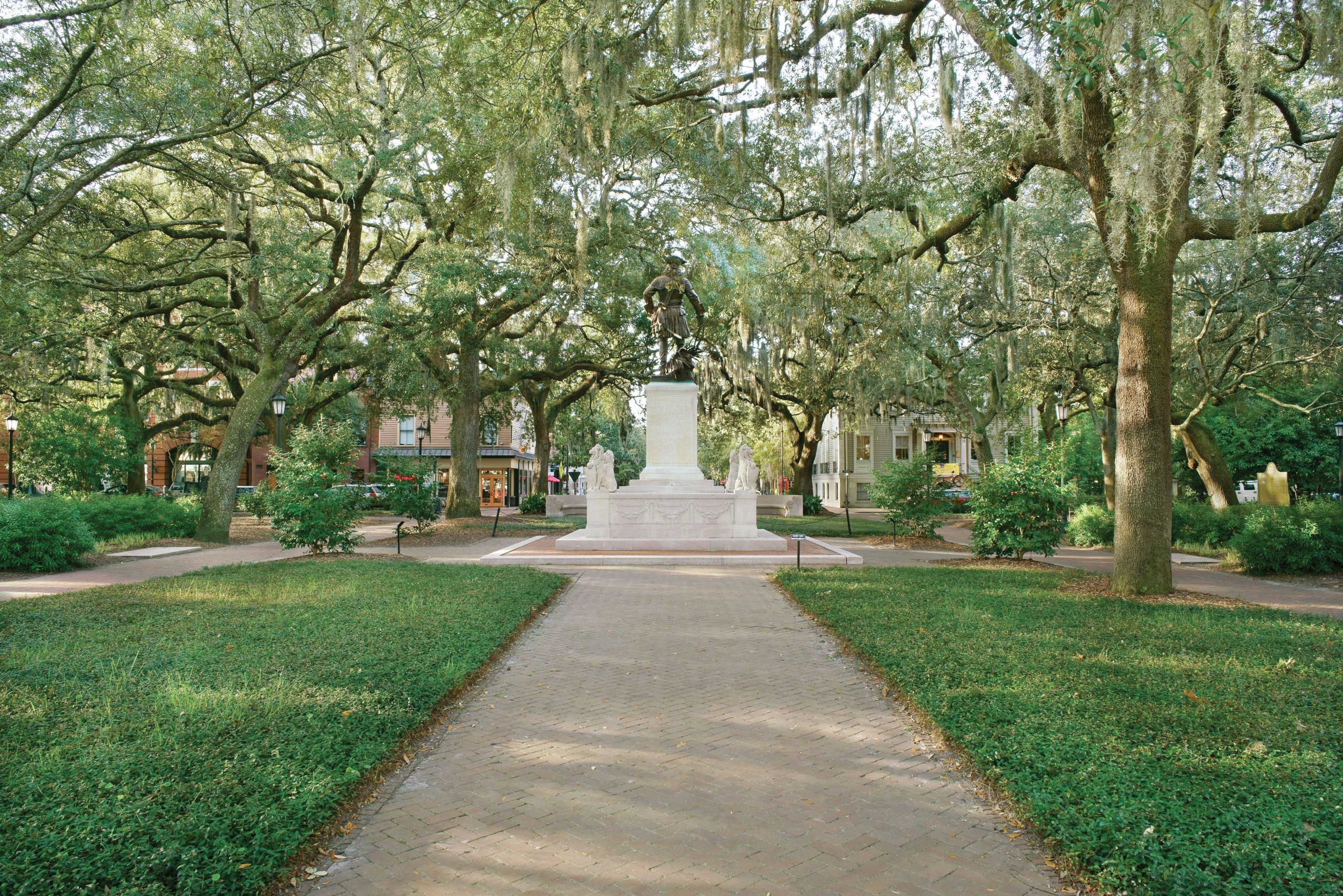
Showbiz in Savannah has come a long way since then. In 2012, the makers of the film CBGB, about the iconic New York rock club, added graffiti and litter to Congress Street to make it look like the 1970s-era Bowery. Gemini Man, a $140 million Will Smith vehicle released in 2019, was filmed in Savannah. Disney shot its live-action Lady and the Tramp, one of the initial offerings from Disney Plus, in the city. The beaches at nearby Tybee Island doubled for Southern California in 2017’s Baywatch, and Tybee is also the location for Pop TV comedy series Florida Girls. (Yes, Florida Girls is shot in Georgia.) The NBC drama Council of Dads, premiering in March, was shot in Savannah, as was The Underground Railroad, an upcoming series from Amazon Video directed by Barry Jenkins.
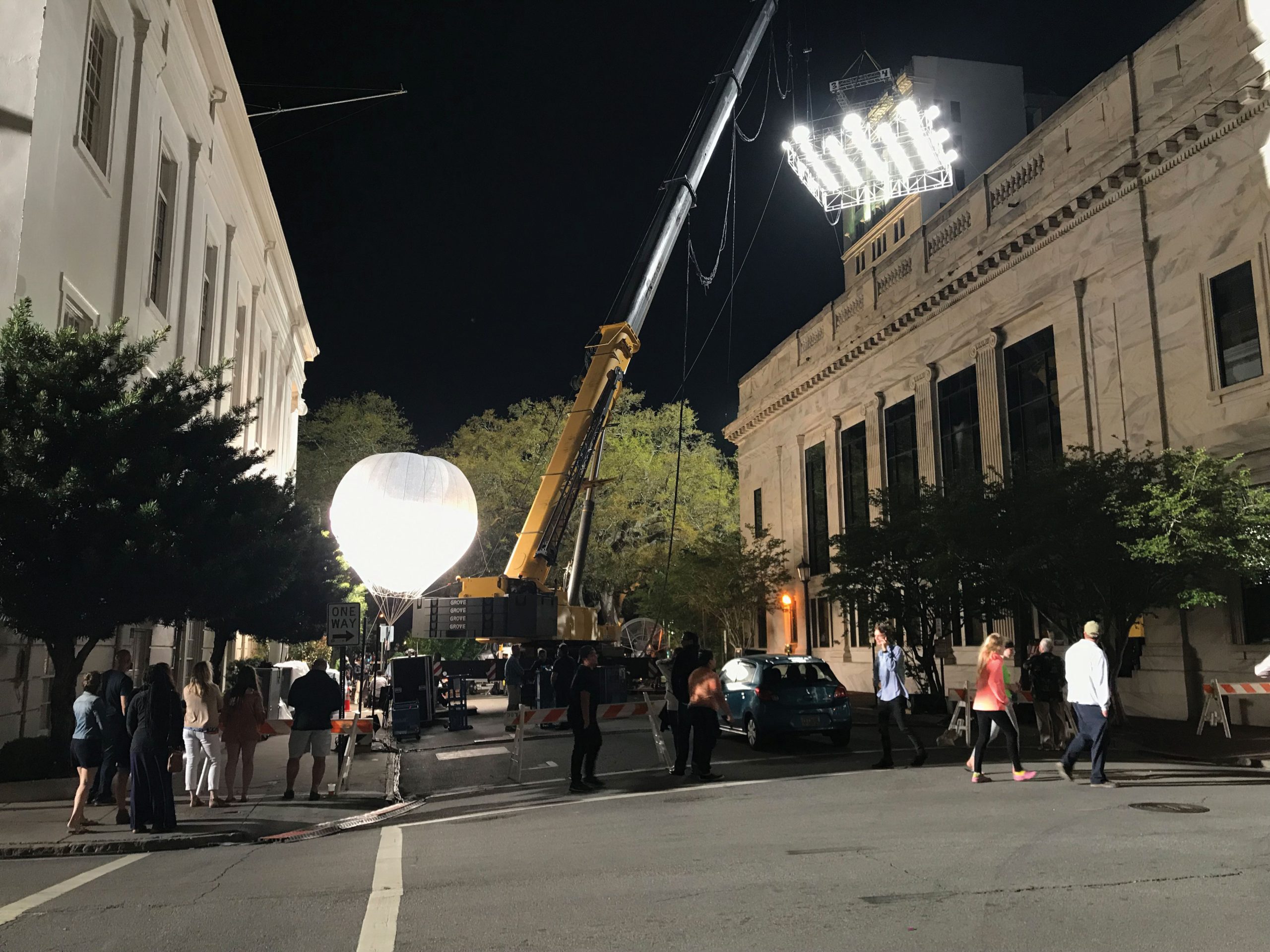
Movies and television shows that are made in a city matter to a city. They generate revenue that flows to local businesses and government, create high-paying jobs and fuel tourism from visitors who either want to see film sites or are simply drawn to a place they’ve seen on-screen. “The dramatic growth of movie and television productions in Georgia and in Savannah has provided a big boost for tourism in our area in two ways,” says Joseph Marinelli, the president of Savannah’s destination marketing organization Visit Savannah. “First, the production crews fill many, many hotel rooms and short-term rentals while they’re in town, which also helps to increase spending in area restaurants and shops. Dry cleaners, drugstores, grocery stores and the like also benefit.
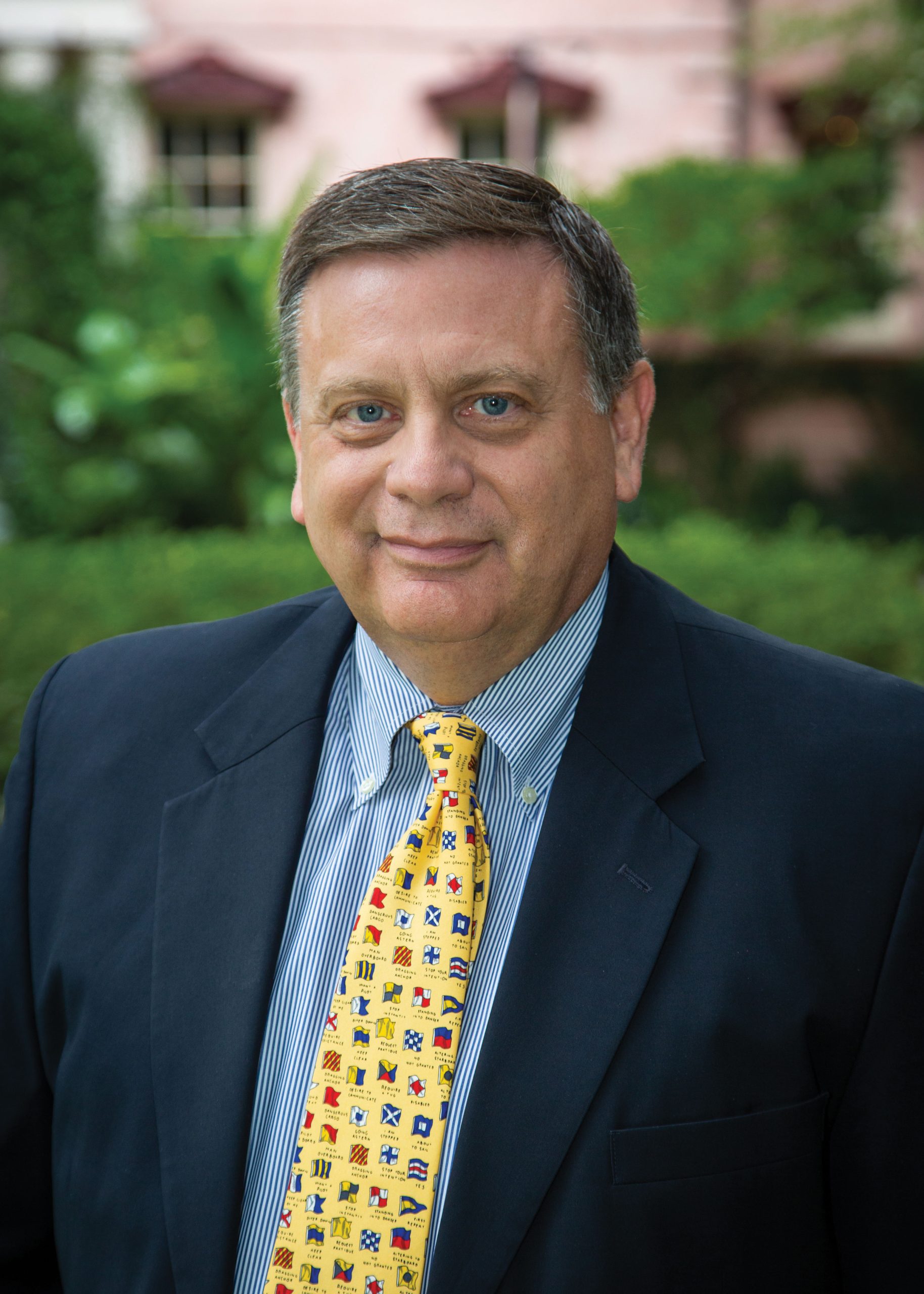
“Additionally,” Marinelli says, “when a movie like Lady and the Tramp or a TV show like Council of Dads runs, they showcase how picturesque and beautiful our destination is, which motivates viewers to want to visit and experience it in person.”
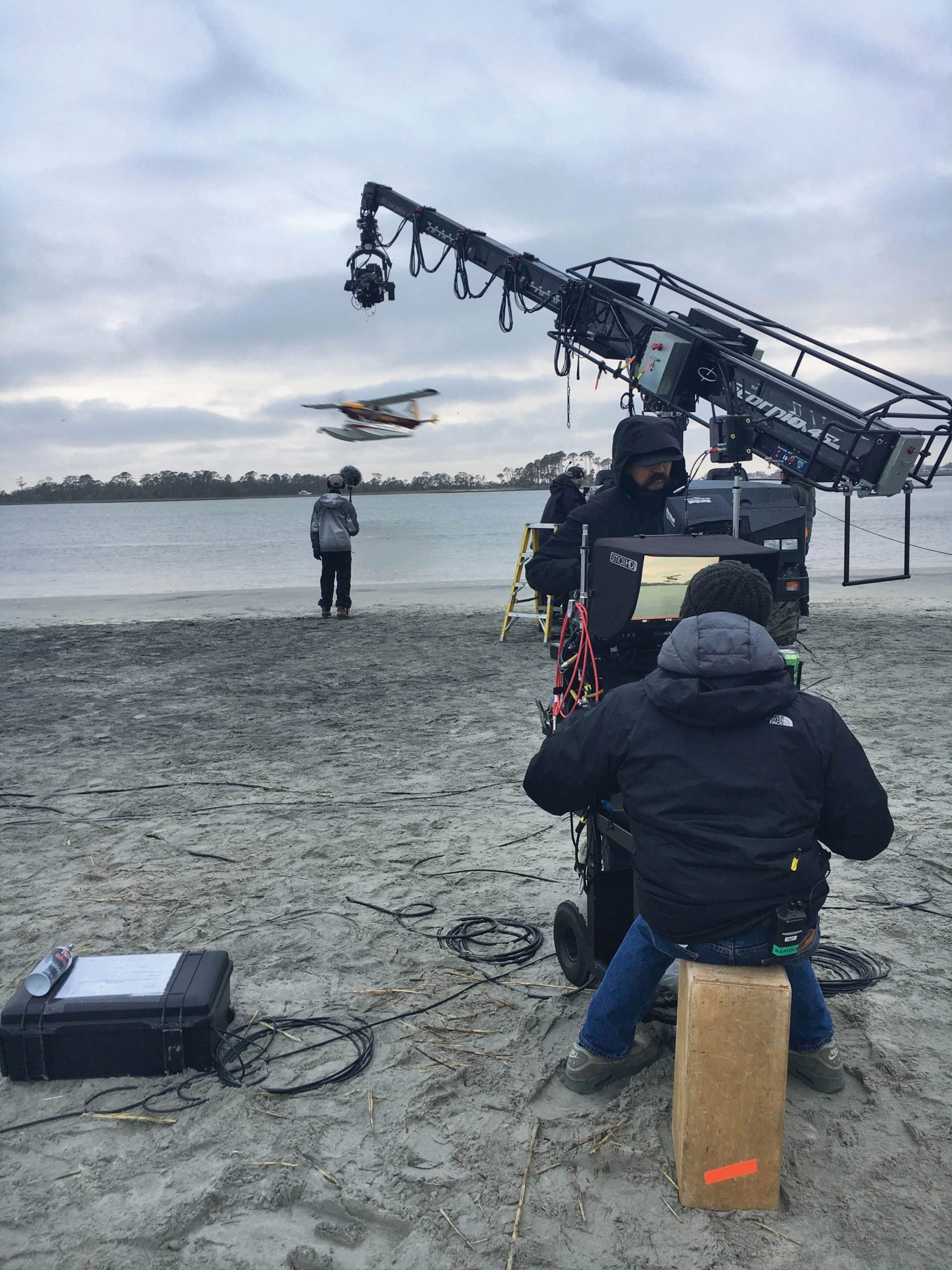
Entertainment production has become an increasingly important contributor to the city and regional economy. In 2013, according to the Savannah Regional Film Commission, that business brought some $14,795,000 in direct spending to Savannah, with a total estimated economic impact of about $32 million. By 2019, the amount of direct spending on entertainment production was about $125 million, with an estimated economic impact of around $266 million.
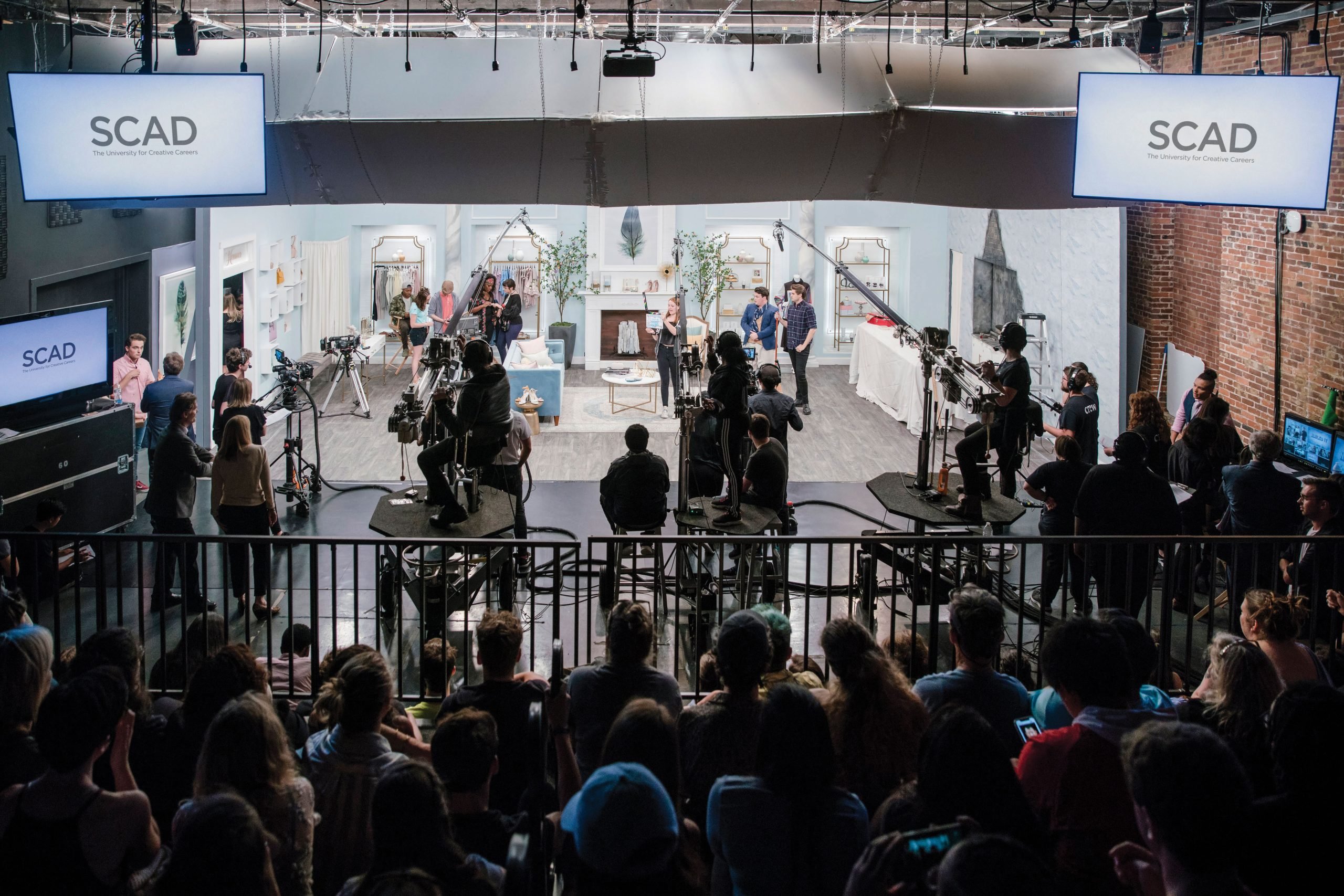
The statistics tell you two things. One, how quickly the industry has grown in Savannah—an increase of $105 million in direct spending in five years is remarkable. And two, that a quarter of a billion dollars in economic impact makes entertainment production big business in Savannah. For a sense of scale, consider the size of the city’s proposed 2020 budget—$425 million.
How did Savannah emerge as a growing center for entertainment production? Part of the explanation is that the city is one of the country’s loveliest places; its 22 meticulously preserved historic squares have served as stand-ins for sites in Boston, Philadelphia, London, New Orleans, New York and more. Savannah has also benefited from concerted efforts by the state of Georgia to attract production. But a lot of it has to do with the city’s own strategic ongoing efforts to promote the industry.
To understand how Savannah became an epicenter of entertainment production, it helps to know a little history. While Midnight and Forrest Gump may be the films that people most associate with the city, Savannah served as a backdrop for movies long before the 1990s. Rudolph Valentino’s 1920 silent movie, Stolen Moments, was partly filmed there; so was the original Cape Fear, in 1962.
Savannah’s entertainment business got a big boost in the 1970s, in the unlikely form of an unlikely movie star, the onetime stuntman Burt Reynolds. The actor and director, who was one of Hollywood’s biggest stars in the 1970s, loved Georgia, and Savannah in particular. Reynolds made six movies in the state, including Deliverance, in 1972, and his films Gator and The Longest Yard are set in and around the city. His longtime bodyguard, Pete Liakakis, came from Savannah, and Reynolds bought a home there. His work provided a short-term economic lift to the city, and it also gave Savannah, going through some difficult times in the 1970s, a psychological shot in the arm—locals took pride in seeing their hometown on the big screen. Reynolds’ love affair with Georgia also had a more lasting impact: Then-governor Jimmy Carter, impressed by the economic benefits generated by Reynolds’ movies, signed into law the bill that established the Georgia Film Commission. Carter himself took a trip to Hollywood to woo filmmakers.
There were other productions before and after Forrest Gump and Midnight: The Big Chill, in 1983; The General’s Daughter, starring John Travolta, in 1998; and The Legend of Bagger Vance, in 1999. But until the 2000s, when Georgia started to take note of tax incentives being offered by other states and Canada to lure production from high-cost California, few in Savannah believed that entertainment production was something that could become a reliable, year-round industry.
In 2002 and then again in 2008, Georgia followed the lead of Florida, North Carolina and Louisiana, passing tax breaks of up to 30 percent for productions shot in the state. As the Georgia Film Office puts it, “For producers of film and television projects, Georgia is a production-friendly state. You’ll find small towns with a welcoming feel and world-class cities with all the resources and amenities you’ll need.” (Or, to quote its website, “Let’s make movies, y’all.”)
Of course, Georgia isn’t the only state that can offer charming small towns and big cities with talented tradespeople; the tax break has been the critical factor. Largely because of it, the number—and scale—of productions filmed in Georgia has soared. They include TV shows Ozark, Walking Dead and Stranger Things, and movies such as Avengers: Endgame, Black Panther, Ford v. Ferrari, The Mule and Thor: Ragnarok. That statewide effort has certainly boosted Savannah, which works closely with the Georgia Film Office.
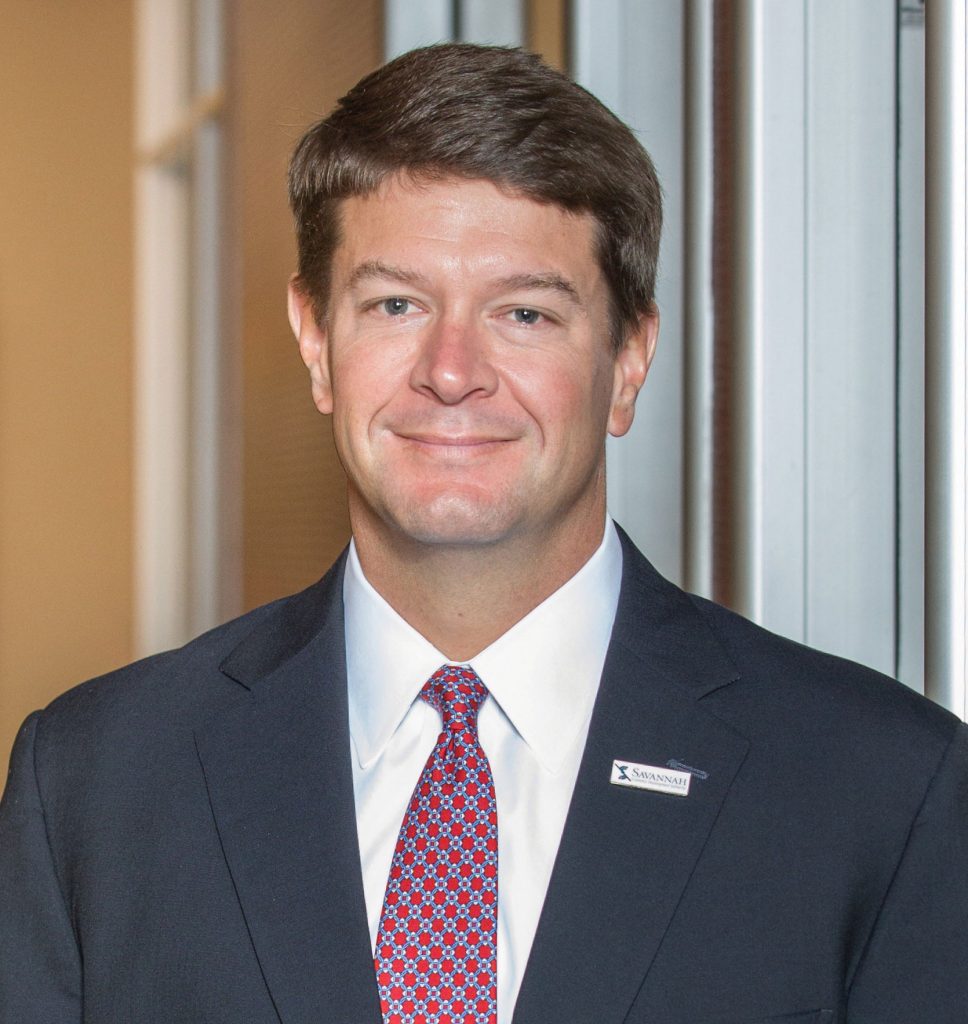
Savannah did its own part to extend its hospitality to production companies. The production of Forrest Gump had strained city resources and made it clear that there needed to be more management of the process, according to Trip Tollison, president and CEO of the Savannah Economic Development Authority (SEDA). So, in 1995, the city created the Savannah Film Commission, whose job it was to facilitate media production by handling permits, coordinating emergency services and dealing with other administrative issues. In 2015, the role of entertainment production recruitment migrated from the city government, which wasn’t a natural home for business development, to SEDA, which now houses the Savannah Regional Film Commission.
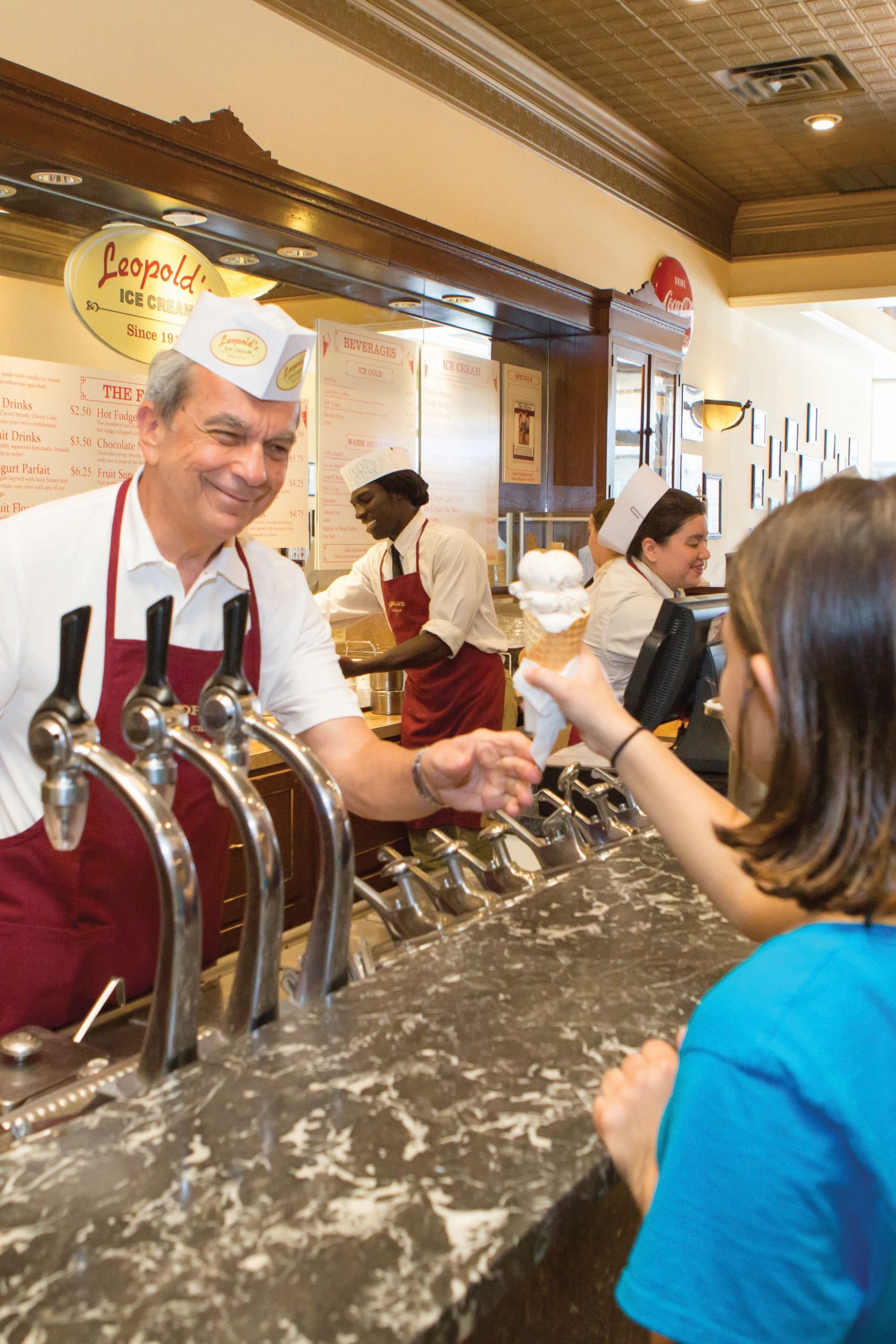
The work of the commission benefited from another natural advantage: Savannah is home to a man named Stratton Leopold, who is not only the co-owner of the famed Leopold’s Ice Cream shop but also a longtime Hollywood producer. Leopold has helped make movies such as Paycheck, Mission Impossible: III, The General’s Daughter and The Sum of All Fears. Working with the commission, he recommended in 2014 that SEDA hire Hollywood’s Ralph Singleton, who’d coproduced movies such as Murder at 1600 and Another 48 Hours, as its liaison to Hollywood.
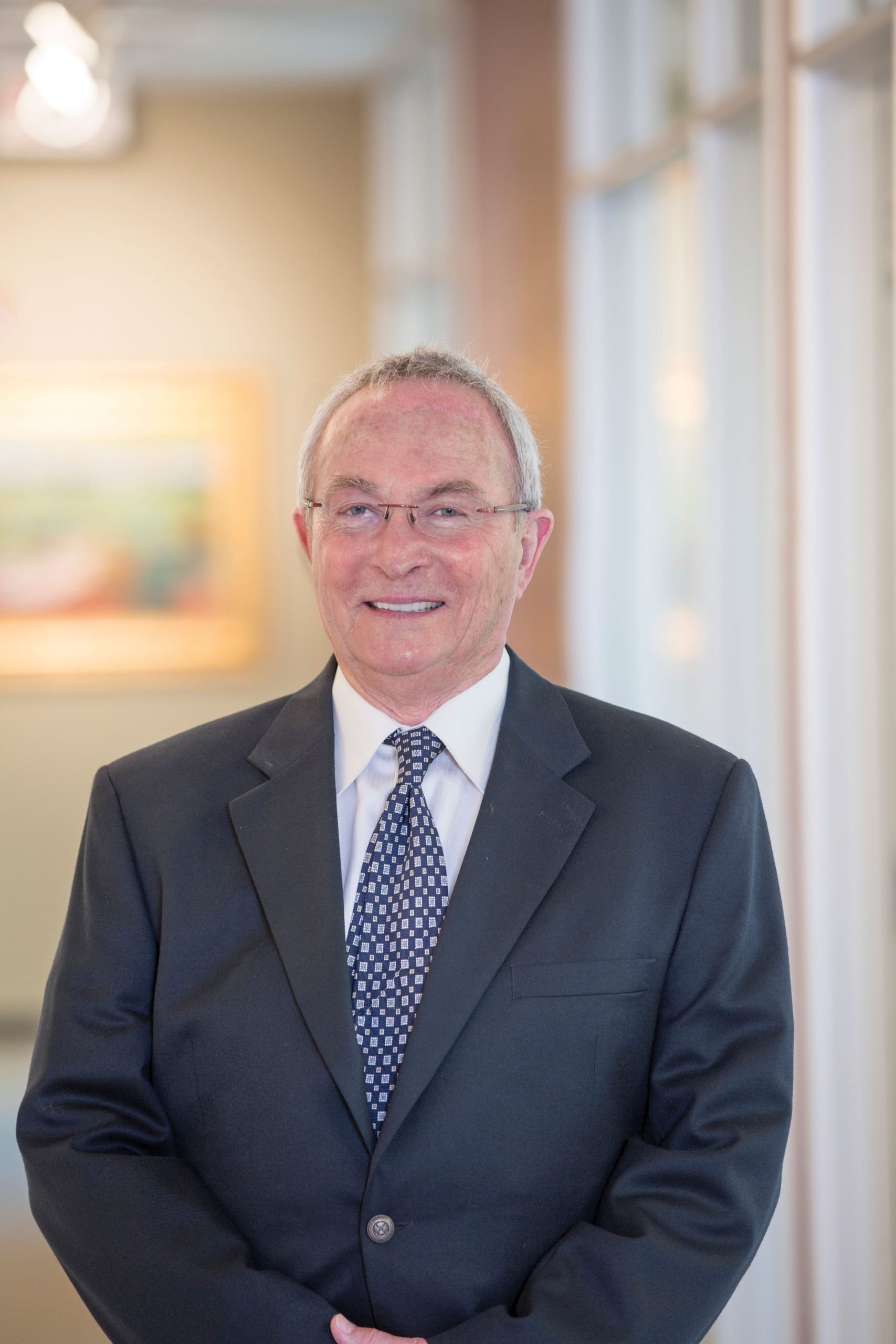
“They were looking to develop a sustainable industry that would create jobs on a 12-month basis, and that was a tall order,” Singleton says. Because whether you’re a director, a cameraperson, a caterer or a costumer, he says, “we’re all freelancers in the film business. You don’t have people working 12 months out of the year, typically.” But when you are working, Singleton points out, the jobs are good—entry-level pay for a technician in the film industry is $26 an hour. “Which means,” Singleton says, “that you can afford to buy a house and raise a family. So Savannah wanted me to be a job creator.”
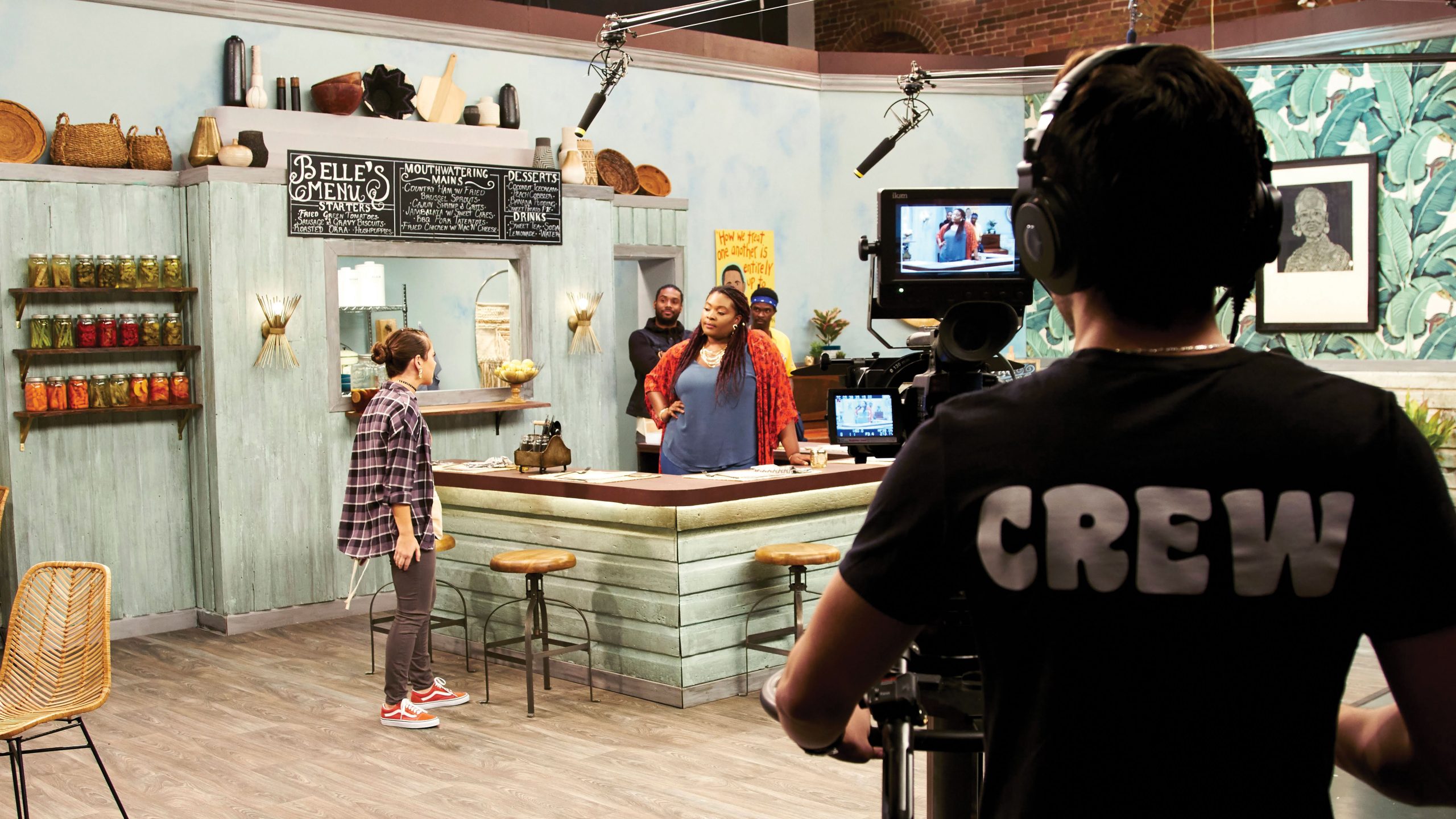
The economic benefits don’t flow only to those who work directly on a production: An abundance of businesses profit, including hotels and restaurants, dry cleaners, hardware stores, equipment rental companies, waste removal firms, portable restroom firms, landscapers, electricians, carpenters, florists, car services—the list could go on. It’s a cyclical process: The more productions there are, the healthier and more robust is the infrastructure of businesses that serve them. And the stronger that infrastructure is, the more productions come to town.
One of the first things Singleton did was to help Savannah develop its own tax incentive, a 10 percent rebate on expenditures for productions that meet certain criteria. “SEDA funded it, God bless ‘em,” Singleton says. The rebate, implemented in 2015, sweetened the pot for entertainment production even further. Georgia was economically attractive for film productions, and now, within the state, Savannah was even more attractive. Now “we’ve grown a local crew base,” Trip Tollison says. “In 2014, we had 50 crew members registered in our database. Today there are more than 500. These people work and live here. That’s growing an industry.”

Yet another element has made Savannah an appealing place to film: the talent and resources of the Savannah College of Art and Design, or SCAD. Founded in 1978 by teacher and entrepreneur Paula Wallace and her then-husband Richard Rowan, the arts and design school has purchased and restored dozens of buildings throughout the city, preservation that has enhanced Savannah’s desirability as a location. Moreover, SCAD’s undergraduate and graduate programs—among them Film and Television, Performing Arts, Sound Design and Fashion—dovetail with the needs of entertainment production. SCAD professors and students serve as resources on a growing number of productions. There’s even a SCAD Casting Office that, according to Andra Reeve-Rabb, the dean of SCAD’s School of Entertainment Arts and former director of CBS prime-time casting, is the only professionally run casting office at any university in the world. “When film and TV shows are shooting here and in Atlanta [where SCAD also has a campus], we work to find roles for student actors, costume design students, the camera department, the sound department,” and more, Reeve-Rabb says. SCAD students have landed parts in movies such as Gemini Man, The Council of Dads, Ozark and The Underground Railroad.
SCAD was also an important resource for The Glorias, an independent drama about the life of Gloria Steinem that premiered at the Sundance Film Festival in January. Directed by Julie Taymor, it stars Julianne Moore and Alicia Vikander. “We had about 68 students, faculty and alumni working on The Glorias,” Reeve-Rabb says. “In front of the camera, behind the camera, in all different departments.”
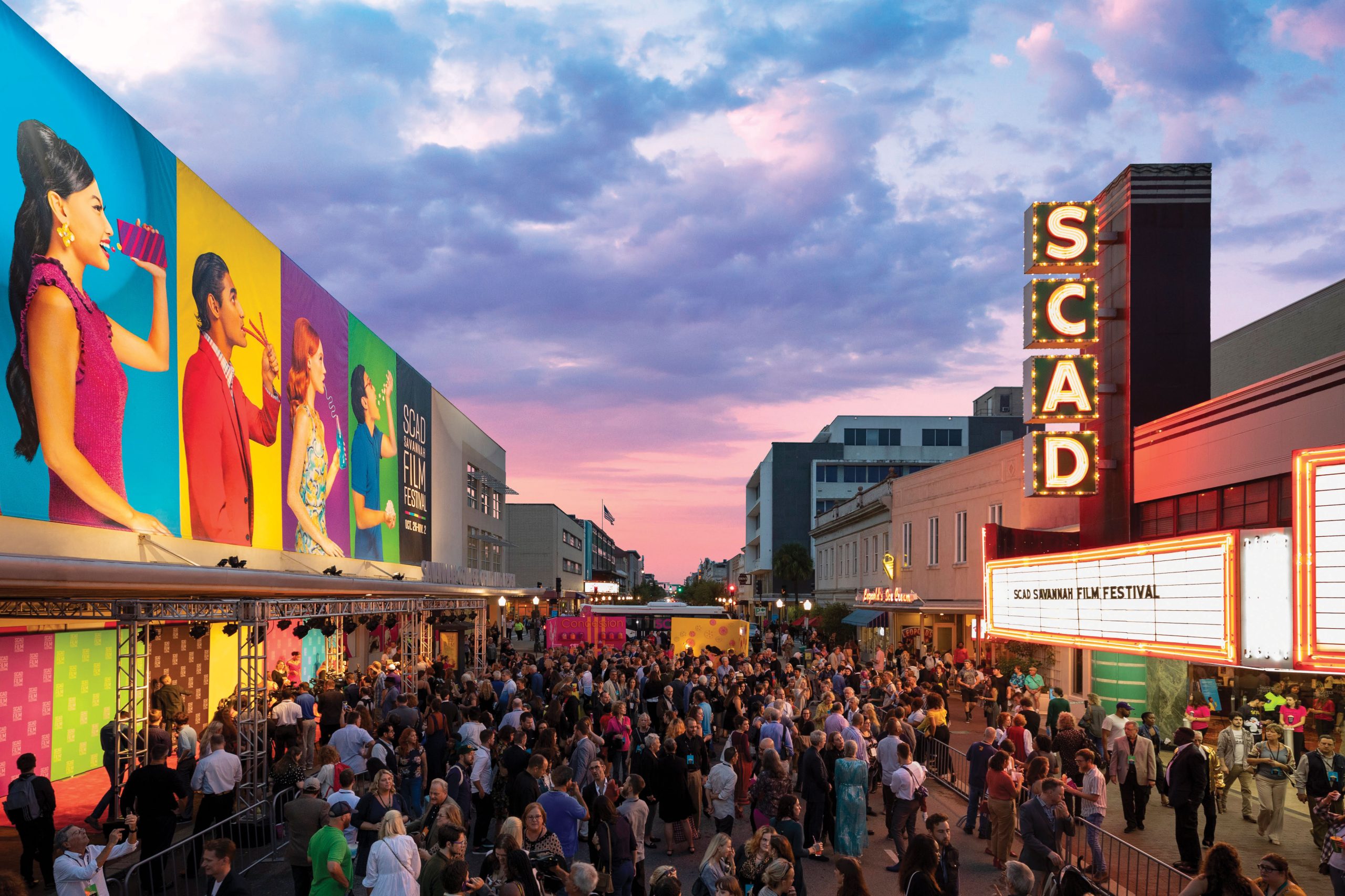
The school also sponsors the annual SCAD Savannah Film Festival, which hosts premieres, panel discussions and workshops and recognizes key figures in the industry. In 2019, SCAD gave awards to actors and directors such as Daniel Kaluuya, Sienna Miller, Elizabeth Moss and Olivia Wilde, and bestowed a lifetime achievement award on composer Alan Silvestri, whose work includes the wonderful, slightly haunting Forrest Gump theme. The festival is another way that Savannah shows up on Hollywood’s radar.

“Savannah already looks like it’s been art-directed,” Reeve-Rabb says. “And because of the historical buildings, the beach, the tax incentive, and with SCAD as a resource, people know that when they come here, they are going to find not only incredible locations but also an incredible talent pool.”
Last November, SCAD hosted a screening of Lady and the Tramp just a couple of days after it aired on Disney Plus. “It didn’t cost SEDA or the city anything,” Singleton says. “SCAD gave it to the city.”
The momentum for entertainment production in Savannah has brought two of Tollison’s goals closer to fruition: the construction of a new soundstage in the area, which would rival facilities found in Atlanta, and the launching of a nonstop commercial flight from Los Angeles to Savannah. These would strengthen the city’s position in a very competitive marketplace. “Savannah is already an outstanding place in which to make a movie or a television show,” says Tollison. “It’s exciting to think that we can get even better.”
